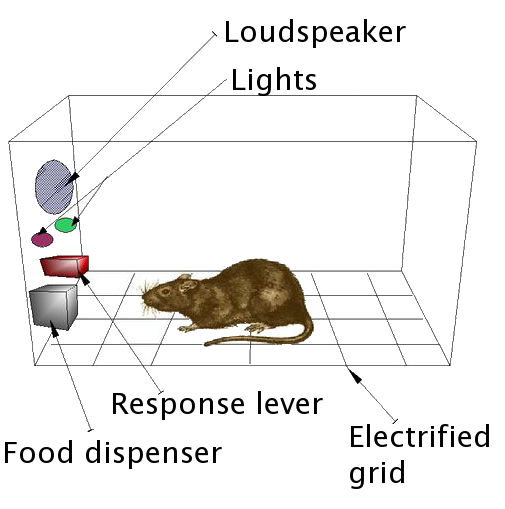We
can see that most of the laws that have been formulated by scientists do work.
They guide us toward ways of living that get results. Why they work and how
much we can rely on them—i.e. how much we can trust Science—are a lot trickier
to explain.
Now,
while the problems described so far bother philosophers of Science a
great deal, such problems are of little or no interest to the majority of
scientists themselves. They see the law-like statements that they and their
colleagues try to formulate as being testable in only one meaningful way,
namely, by the results shown in replicable experiments done in the lab or in
the field. Thus, when scientists want to talk about what knowing is, they look
for models not in Philosophy, but in the branches of Science that study human
thinking. However, efforts to find proof of empiricism in neurology, for
example, also run into problems.
In
his writings, the early empiricist John Locke basically dodged the problem when
he defined the human mind as a “blank slate” and saw its abilities to perceive
and reason as being due to its two “fountains of knowledge,” sensation and reflection.
Sensation, he said, is made up of current sensory experiences and memories of
past experiences. Reflection is made up of the “ideas … the mind gets by
reflecting on its own operations within itself.” How these kinds of operations
got into human consciousness and what is doing the “reflecting” that he is
talking about, he doesn’t say.5
Modern
empiricists, both philosophers of Science and scientists themselves, don’t care
for their forebears giving in to this kind of mystery-making. Scientists aim to
figure out what the mind is and how it thinks by studying not words but physical
things such as the human genome and what it creates, namely the neurons of the
brain. That is the modern empiricist way, the scientific way.
For
today’s scientists, discussions about what knowing is, no matter how clever, are
not bringing us any closer to understanding what knowing is. In fact, typically
scientists don’t respect discussions about anything we may want to study unless
they are backed with theories or models of the thing being studied, and the
theories are further backed with research conducted on real things in the real
world.
Scientific
research, to qualify as scientific, must also be designed so it can be
replicated by any researcher in any land or era. Otherwise, it’s not credible;
it could be a coincidence, a mistake, wishful thinking, or simply a lie. Thus,
for modern scientists, the analysis of material evidence offers the only route
by which a researcher can come to understand anything, even when the thing she
is studying is what’s happening inside her as she studies.
She
sees a phenomenon in reality, gets an idea about how it works, then designs an
experiment. She tests her theory, then records the results and interprets them.
The aim of her statements is to guide future research onto more fruitful paths
and to build technologies that are increasingly effective at predicting and
manipulating events in the real world. Electro-chemical pathways among the
neurons of the brain, for example can be studied in labs and correlated with
subjects’ perceptions and actions. (The state of research in this field is
described by Donelson Delany in a 2011 article available online and other articles, notably Antti Revonsuo’s in Neural
Correlates of Consciousness: Empirical and Conceptual Questions, edited by
Thomas Metzinger.6,7)
Observable
things are the things science cares about. The philosophers’ talk about what
thinking and knowing are is just that—talk.

schematic diagram of a Skinner box (credit: Wikimedia Commons)
As
an acceptable alternative to the study of brain structure and chemistry,
scientists interested in thought also study patterns of behaviour in organisms
like rats, pigeons, and people that are stimulated in controlled, replicable
ways. We can, for example, try to train rats to work for wages. This kind of
study is the focus of behavioural psychology. (See William Baum’s 2004 book Understanding Behaviorism.8)

chess playing computer Deep Blue (credit: Wikimedia Commons)
As a
third alternative, we can even try to program computers to do things that are
as similar as possible to the things humans do. Play chess. Knit. Write poetry.
Cook meals. If the computers then behave in humanlike ways, we should be able
to infer some tentative, testable conclusions about what human thinking and
knowing are from the programs that enabled these computers to behave so much like
humans. This kind of research is done in a branch of computer science called Artificial Intelligence or AI.
No comments:
Post a Comment
What are your thoughts now? Comment and I will reply. I promise.